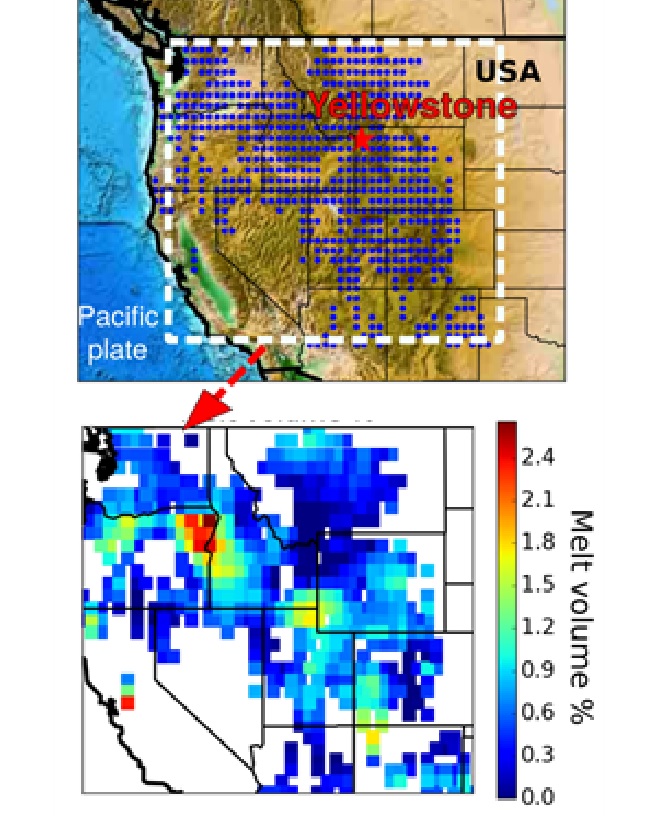Planet X Incoming: Huge sinkhole swallows part of road in Vladivostok, Russia (AERIAL VIDEO)
Sinkholes becoming more and more common these days and more devastating. We havent seen anything yet because from Catholic prophecy eventually whole cities will be swallowed up!
A vast sinkhole estimated to be 15 meters wide and 20 meters
deep has caused a major road collapse in the city of Vladivostok in
Russia’s Far East.
The incident took place during excavation works while a building was being constructed, the local administration said on its website.People at the nearby Seaside Regional Institute of Education Development were evacuated following the collapse. The collapsed part of the road was cordoned off by police.
“It all happened during a lunch break... We heard a loud noise and looked in the window – a concrete wall collapsed in the abyss [on the road]. Then a big sinkhole began to form on the road,” an eyewitness told TASS.
“Regional rescue services have already been deployed to the sinkhole collapse site. According to the preliminary information, the depth of the sinkhole amounts to 20 meters while its width is 15 meters,”says the report on the incident, published on the regional administration's website.
The incident is currently under investigation, Vladimir Miklushevsky, the governor of the Primorsky Krai region said.
No one was injured in the incident, according to administration and emergency services.
Calculation errors may be among the reasons for the road collapse, the regional construction watchdog said.
"And the Earth Shall Swallow up..."
Scientists discover enormous 1.8 million km2 reservoir of melting carbon under Western United States
Scientists have used the world’s largest array of seismic sensors to map a deep-Earth area of melting carbon covering 1.8 million km2 (684 000 mi2).
The enormous reservoir is situated under the Western US, 350km beneath the Earth’s surface, challenges accepted understanding of how much carbon the Earth contains… Much more than previously understood.
The study used a huge network of 583 seismic sensors that measure the Earth’s vibrations, to create a picture of the area’s deep sub surface. Known as the upper mantle, this section of the Earth’s interior is recognised by its high temperatures where solid carbonates melt, creating very particular seismic patterns.
Scientists now know the amount of CO2 in the Earth’s upper mantle may be up to 100 trillion metric tons. In comparison, the US Environmental Protection Agency estimates the global carbon emission in 2011 was nearly 10 billion metric tons – a tiny amount in comparison.

Climate change consequence
“We might not think of the deep structure of the Earth as linked to climate change above us, but this discovery not only has implications for subterranean mapping but also for our future atmosphere. For example, releasing only 1% of this CO2 into the atmosphere will be the equivalent of burning 2.3 trillion barrels of oil. The existence of such deep reservoirs show how important is the role of deep Earth in the global carbon cycle.”That’s a pretty creepy discovery, right under the Yellowstone supervolcano!
